
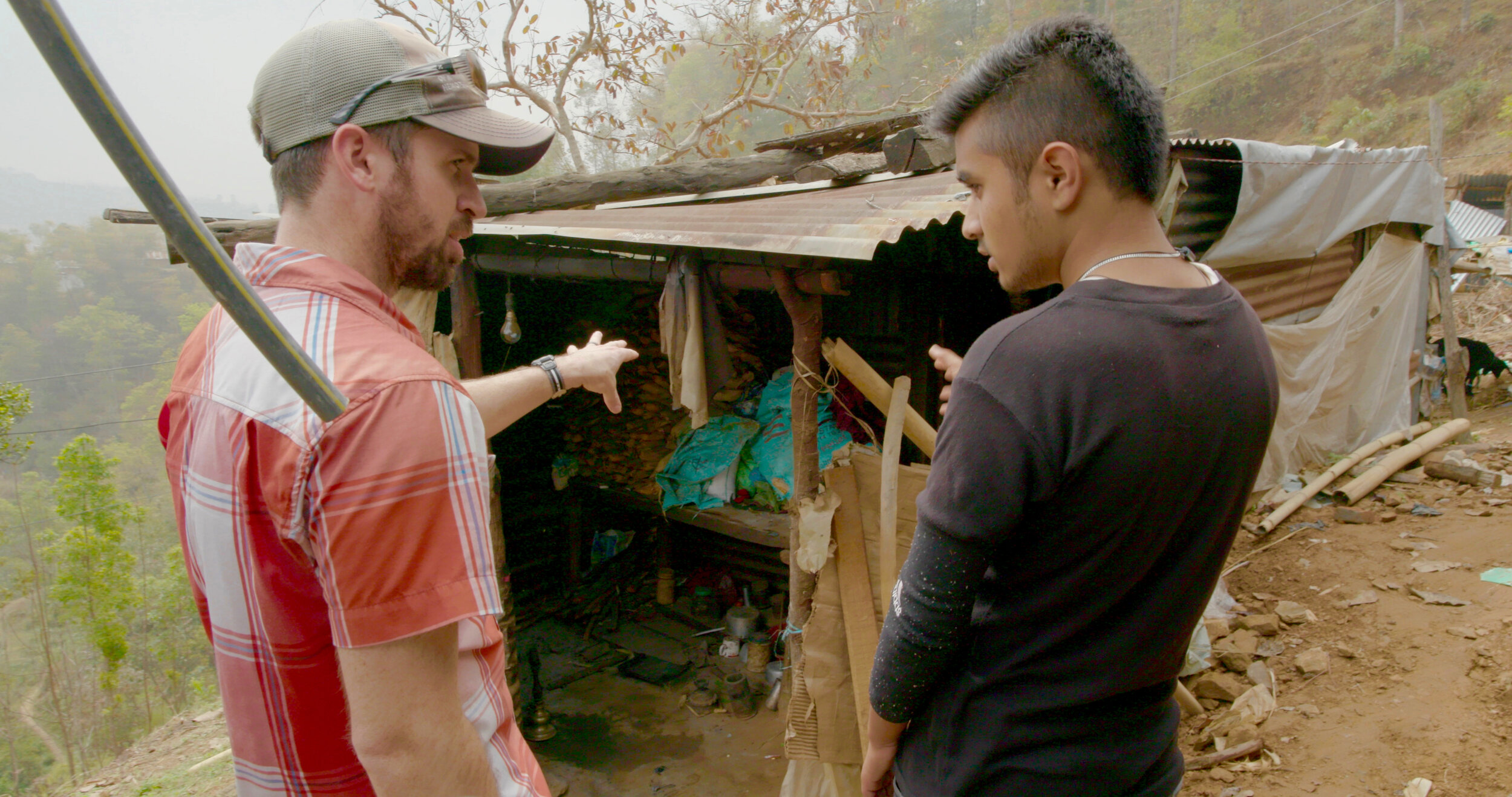
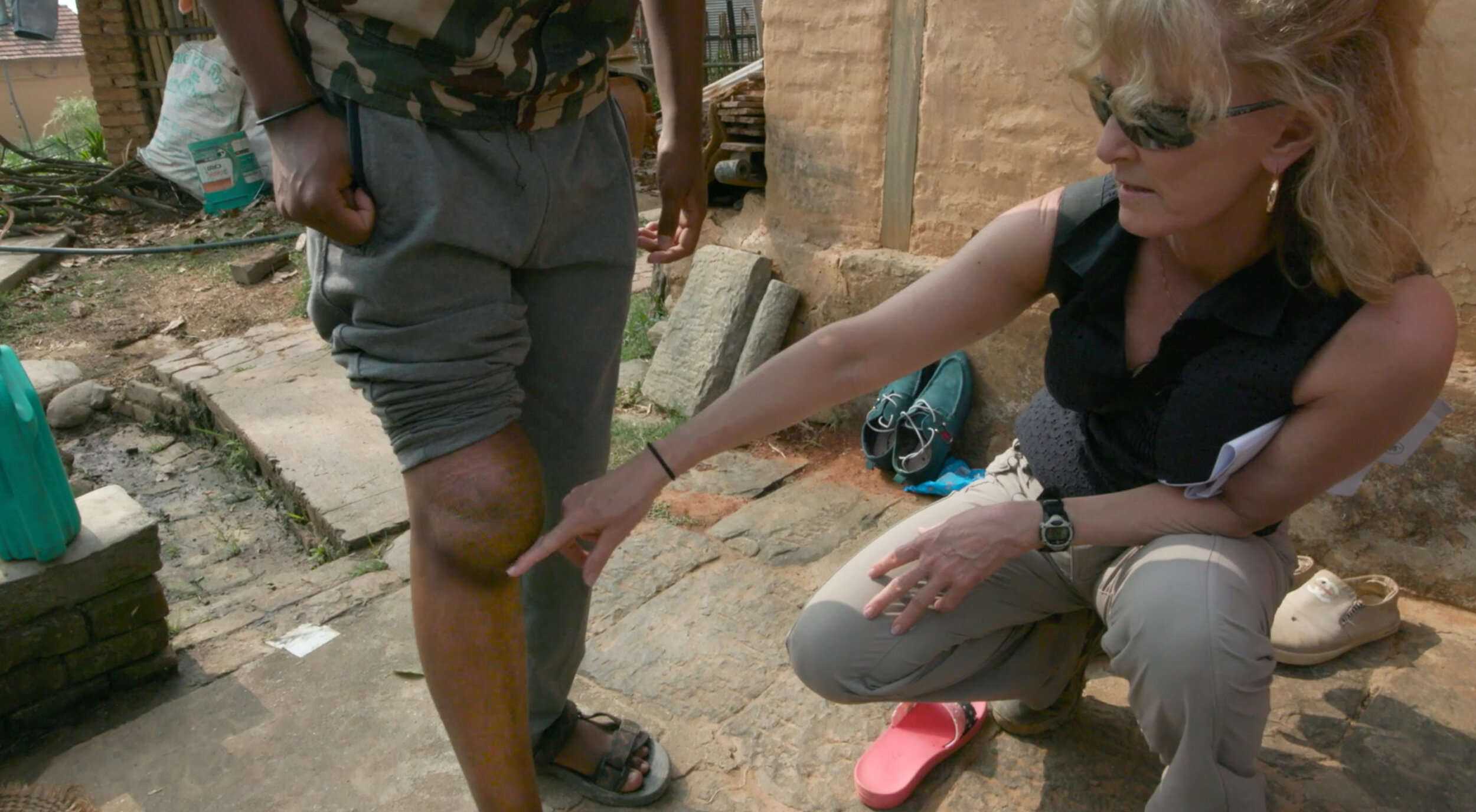

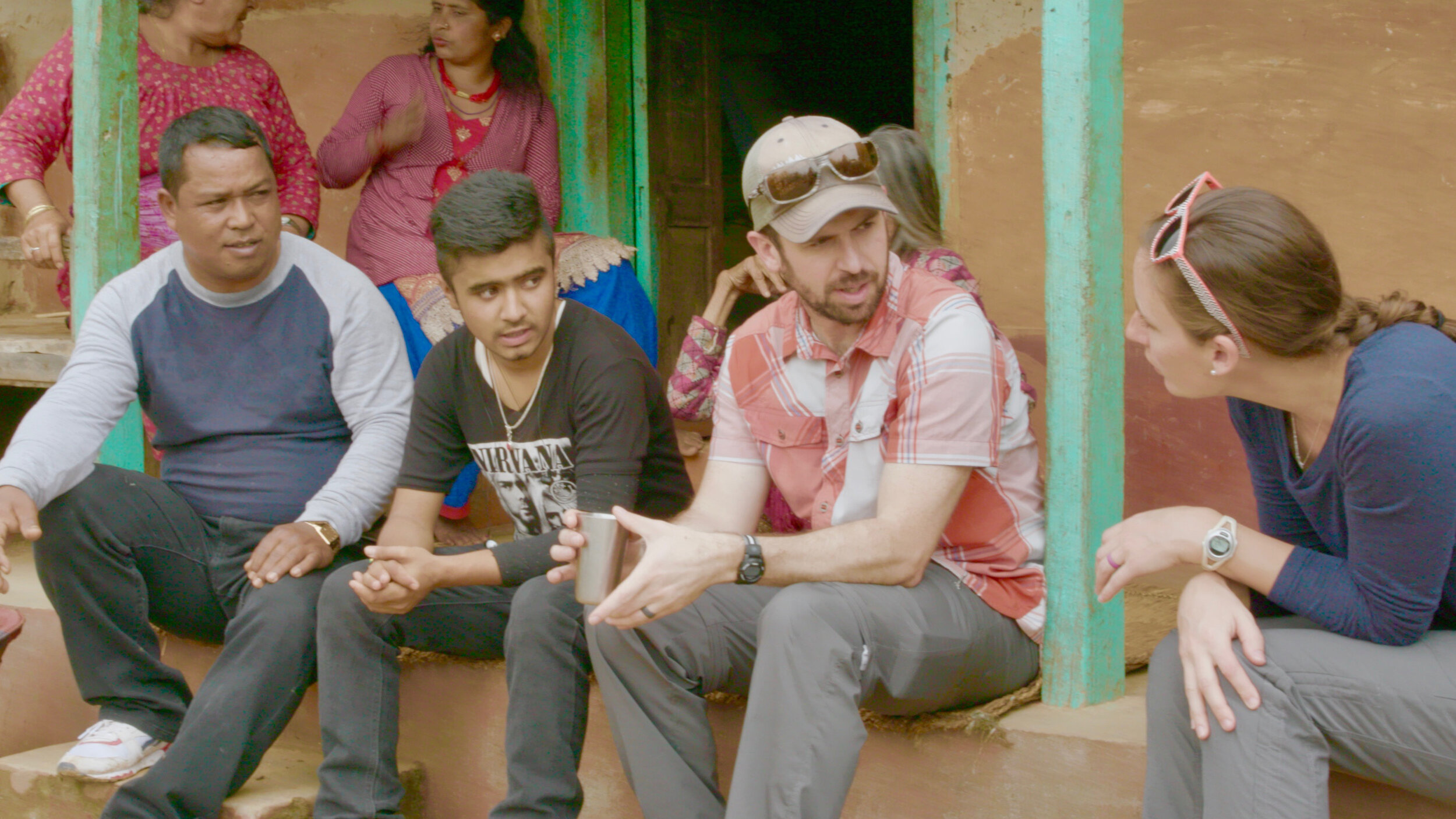
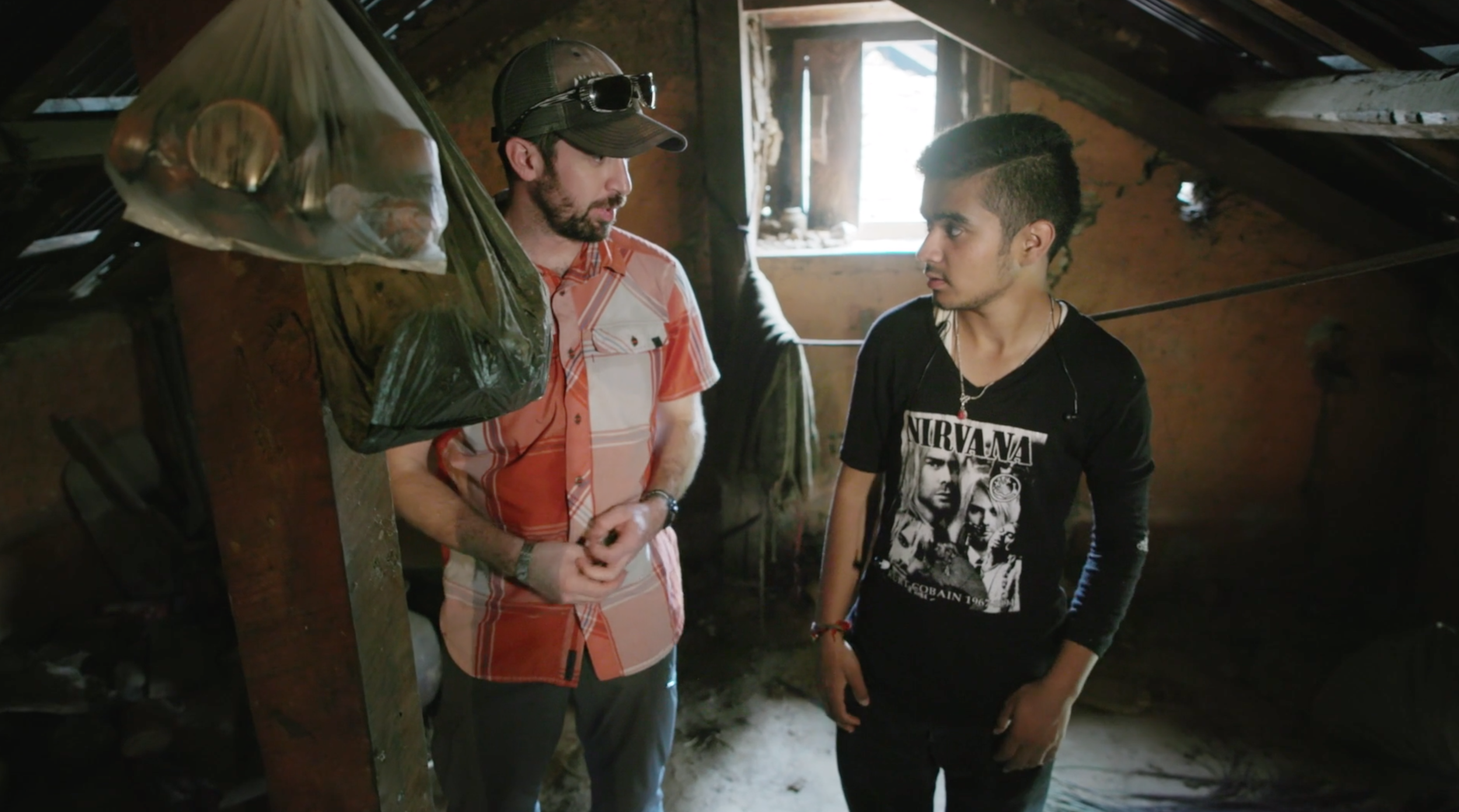
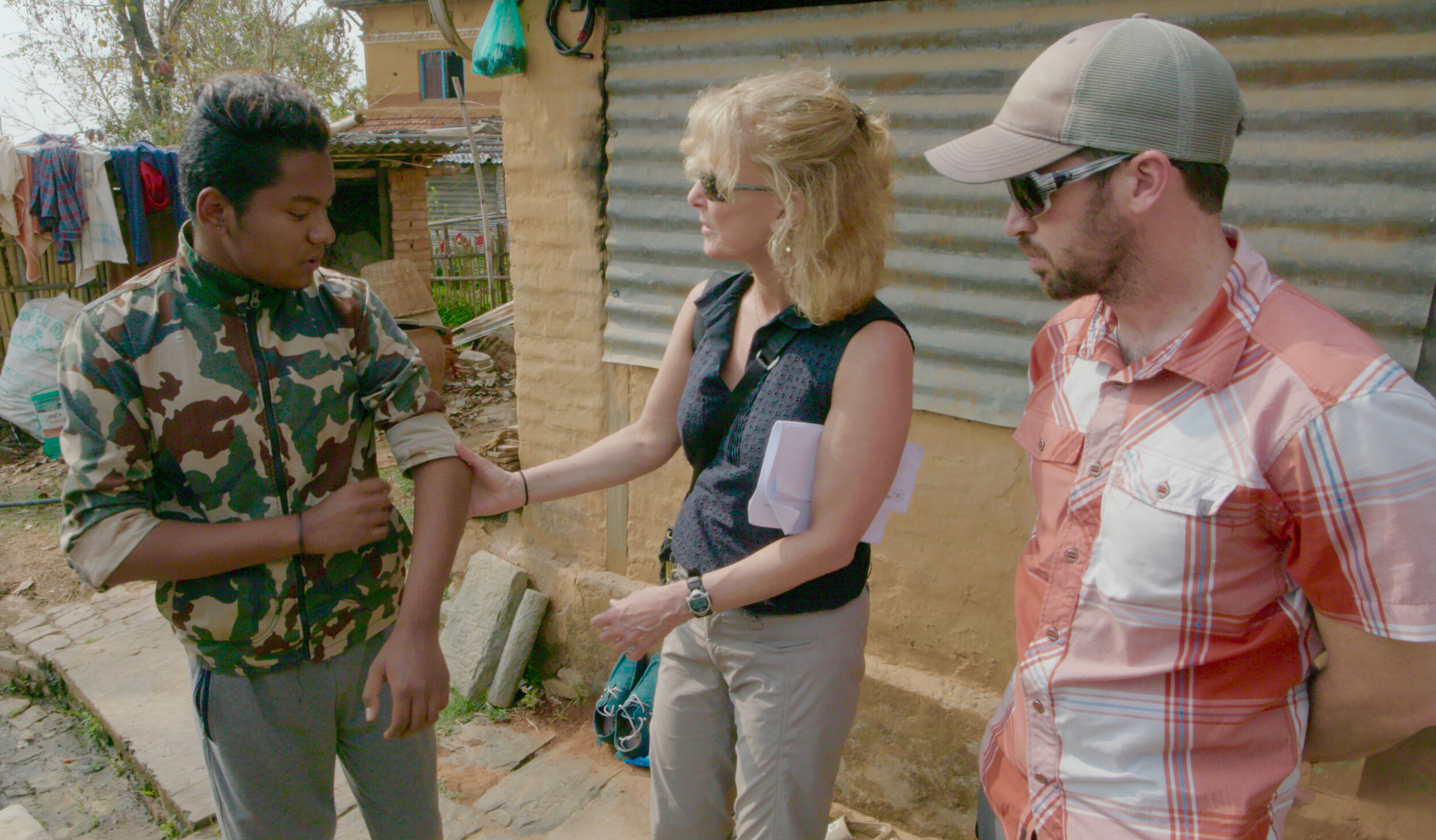
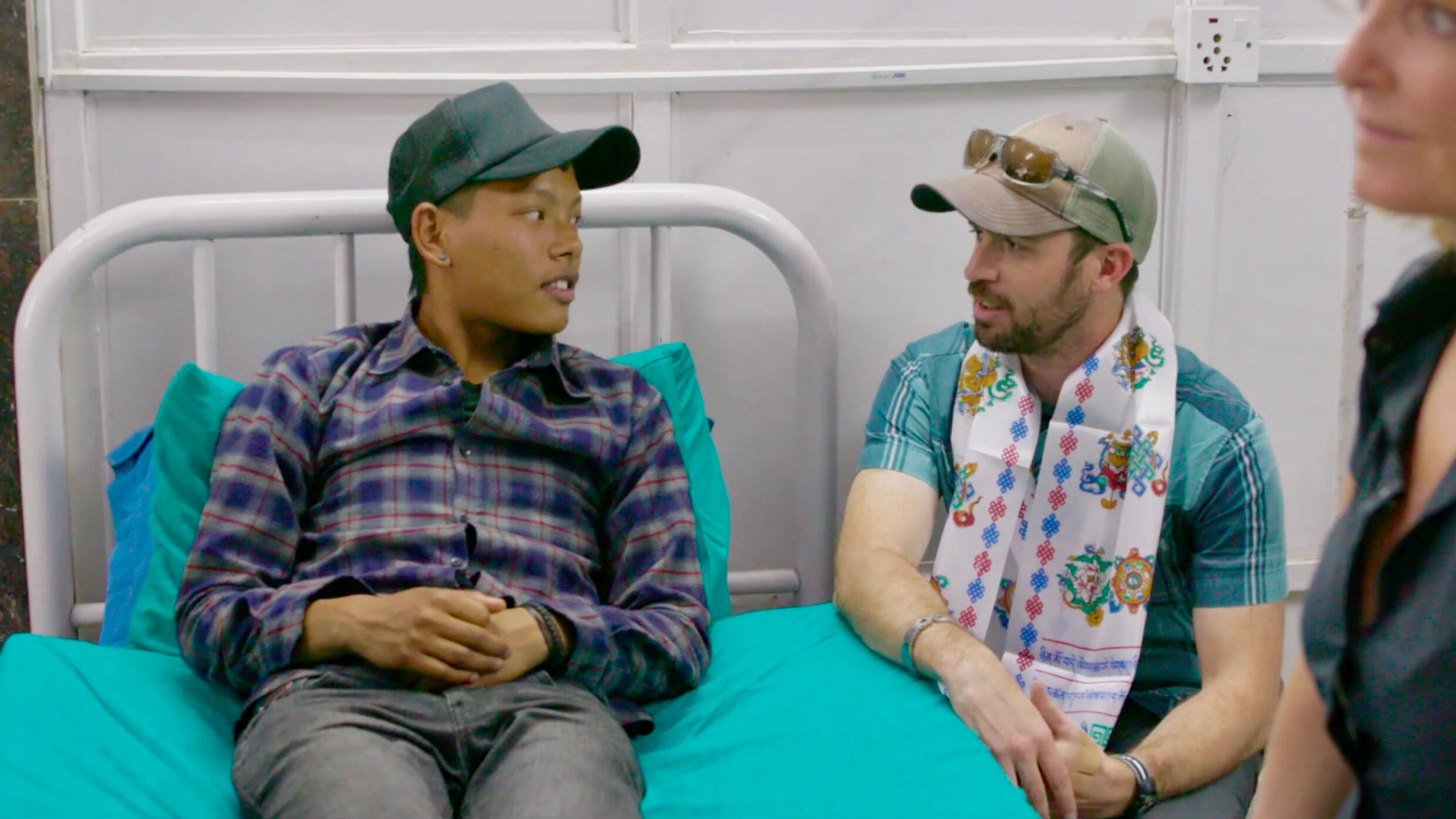
ABOUT HEMOPHILIA
Hemophilia is a rare genetic bleeding disorder that affects approximately one in every 10,000 live births. It’s estimated there are around 400,000 people with hemophilia worldwide.
Of these, 70% have little access or no access to care; only 115,000 have even been diagnosed.
Hemophilia is caused by a missing protein in the blood. Hemophilia causes prolonged bleeding, and if left untreated, leads to joint deformities, agonizing pain, brain damage and in some cases death.
Half of all people with severe hemophilia in developing countries die before age 10.
Hemophilia is easily managed with injections of commercial blood-clotting medicine called factor.
Only 25% of people living with hemophilia in the world have access to treatment. Without the access to treatment, joint disease can occur at a young age, mobility is painful and difficult and life expectancy is extremely low. With treatment, patients with hemophilia live relatively active, well-rounded lives.
*Hemophilia statistics provided by World Federation of Hemophilia (WFH)
HEMOPHILIA IN NEPAL
Only 552 of the estimated 3,000 people with hemophilia are diagnosed.
The Nepal Hemophilia Society was founded in 1992.
Two central care units located in Central Kathmandu.
Six local chapters are located in different parts of Nepal.
Access to factor is limited and reliant entirely on international donations.
Prophylactic or preventative treatment is not available.
Save One Life offers direct, monthly financial aid to 118 families with hemophilia.
Five community members died in the 2015 earthquake; almost 60 lost all or parts of their homes.
Save One Life has been the only hemophilia organization to visit Nepal post-earthquake to assess the impact.

